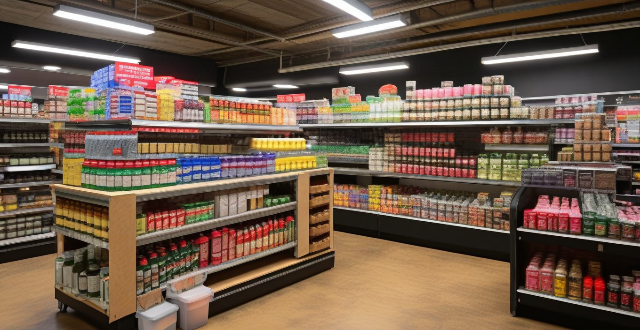Gluten-free products are generally more expensive than regular ones due to higher production costs, specialized equipment needs, and a smaller market. The price difference can be significant, with some gluten-free items costing up to double the amount of their gluten-containing counterparts.

Is it more expensive to buy gluten-free products compared to regular ones?
Yes, it is generally more expensive to buy gluten-free products compared to regular ones. The cost of producing gluten-free items can be higher due to the need for specialized equipment and ingredients that are free from contamination by wheat, barley, or rye. Additionally, gluten-free products often have a shorter shelf life, which can increase their price.
Factors contributing to the higher cost of gluten-free products:
1. Specialized Equipment: Manufacturers must use separate equipment to prevent cross-contamination with gluten-containing grains. This requires additional investment and maintenance costs.
2. Ingredients: Gluten-free alternatives to common ingredients like flour can be more expensive than their gluten-containing counterparts. For example, almond flour is typically more costly than wheat flour.
3. Production Volume: Since gluten-free foods cater to a smaller market segment, economies of scale may not be achieved as easily as with mainstream products. Lower production volumes can result in higher per-unit costs.
4. Shelf Life: Many gluten-free products have a shorter shelf life than their gluten-filled counterparts, necessitating more frequent production cycles and potentially increasing overall costs.
5. Research and Development: Developing new gluten-free recipes and ensuring they meet taste expectations can involve significant R&D expenses.
6. Certification Costs: Obtaining certification as a gluten-free product involves third-party testing and verification, adding another layer of expense.
7. Marketing and Branding: Marketing gluten-free products to appeal to health-conscious consumers or those with celiac disease can also add to the final cost.
Examples of Price Differences:
Here are some examples of how much more expensive gluten-free versions of common food items can be compared to their regular counterparts:
- Gluten-Free Bread: Can be up to double the price of regular bread.
- Pasta: Gluten-free pasta might cost 50% more than regular pasta.
- Cookies and Snacks: These items can see a price increase of 30% to 100% when offered in a gluten-free version.
- Baking Mixes: Gluten-free mixes often cost significantly more than standard baking mixes.
In conclusion, while the availability and variety of gluten-free products have increased over time, making them more accessible to those with dietary restrictions, they still tend to come at a premium price point compared to their gluten-filled equivalents.